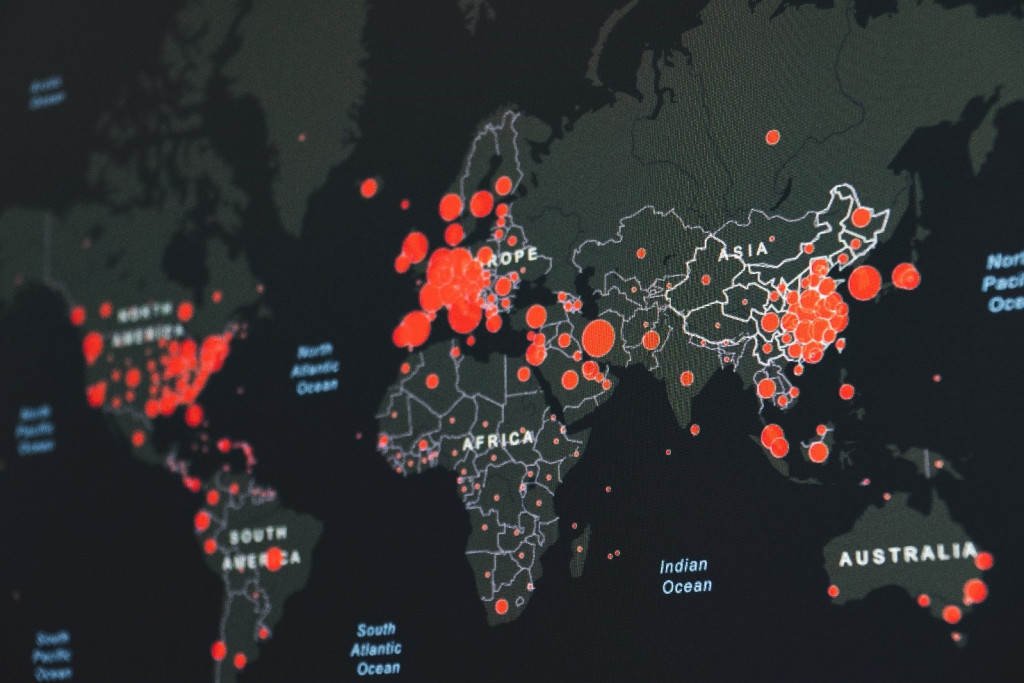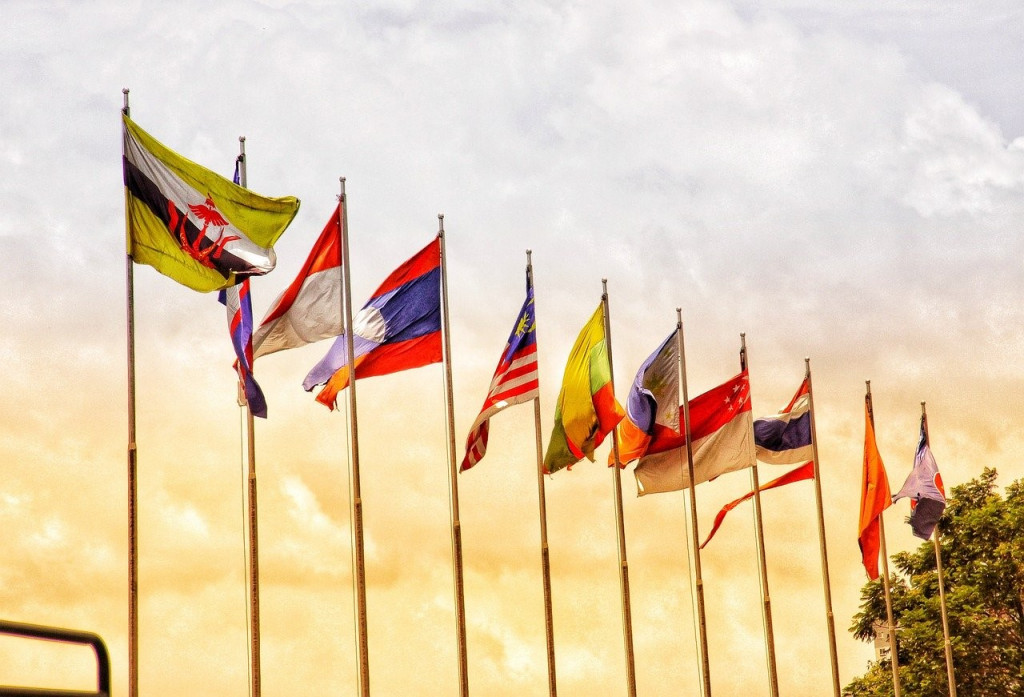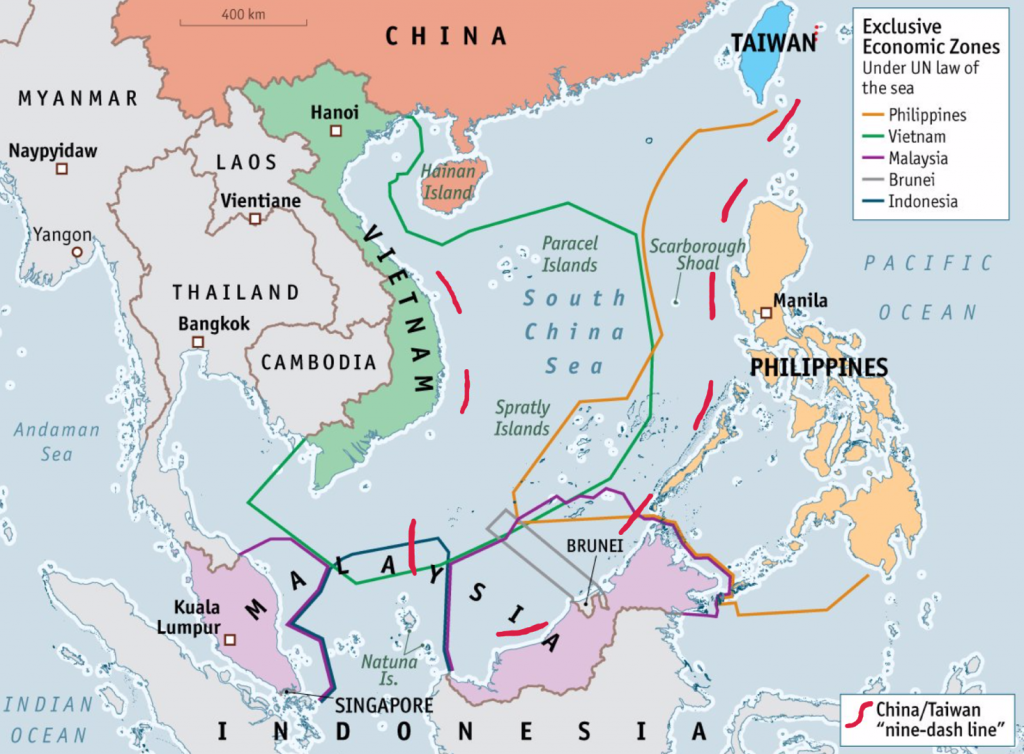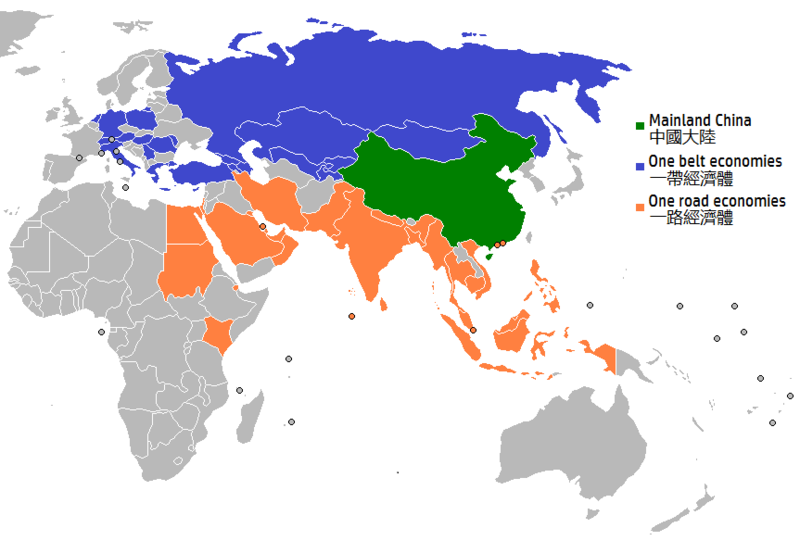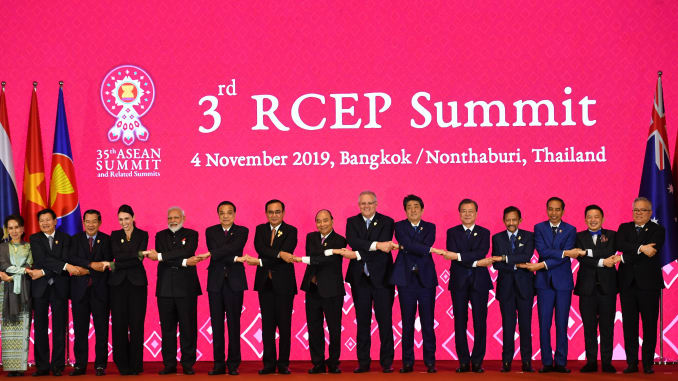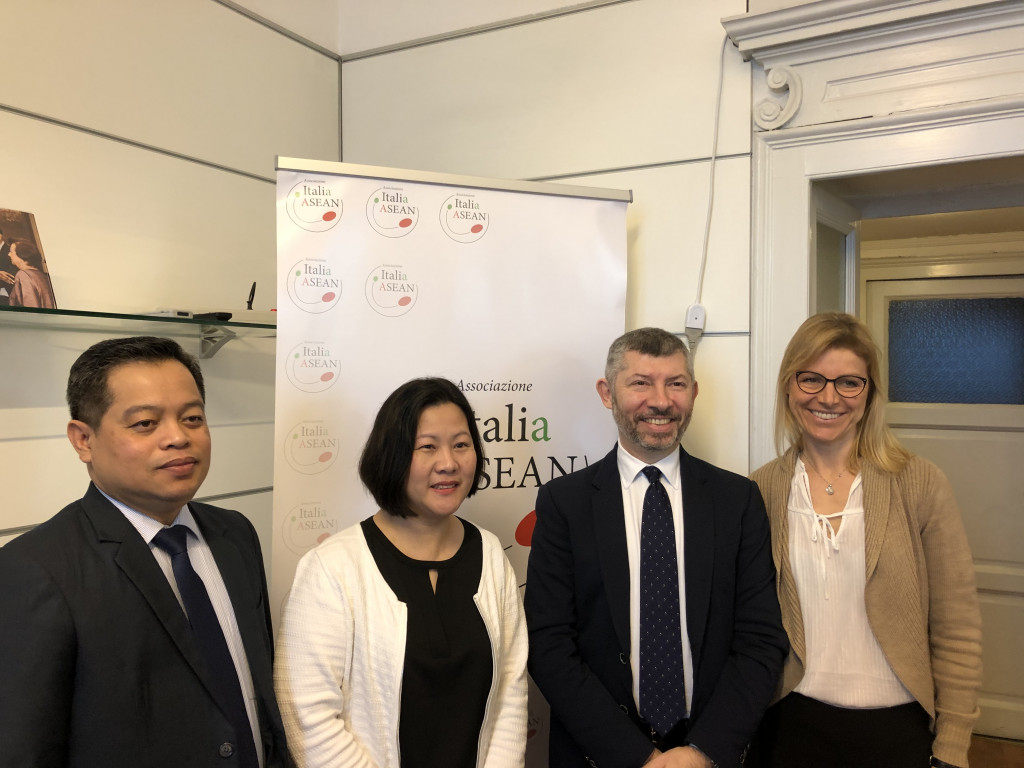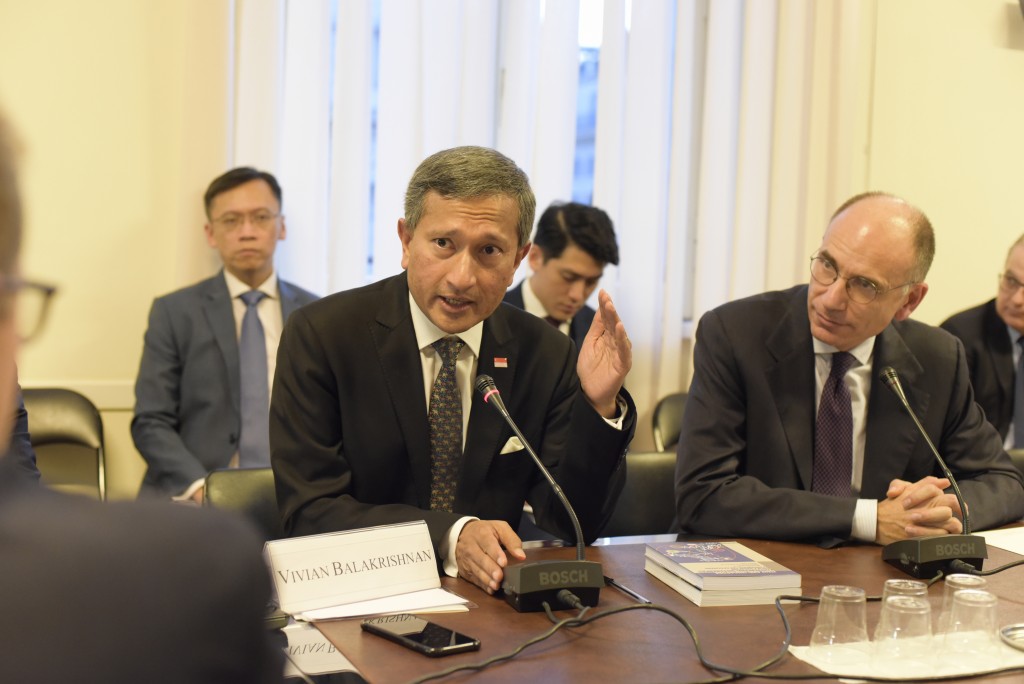EU-ASEAN cooperation gradually expands to new areas, among which the fight against coronavirus
The European Union and ASEAN represent the two most advanced regional integration projects in the world. The integrationist spirit that characterizes the two blocs makes them privileged interlocutors on the international stage: it is no coincidence that in the EU-ASEAN Blue Book 2020, published by the European External Action Service, the EU and ASEAN are defined as "natural partners” in the achievement of several common objectives, such as the preservation of the multilateral order, the promotion of sustainable development and the protection of human rights.
However, to date, trade relations between the two blocs are certainly the jewel in the crown of the EU-ASEAN relationship. The EU is the second largest commercial partner of ASEAN behind China and represents 14% of the foreign trade of Southeast Asian countries. In addition, the EU is by far the first source of foreign direct investments in ASEAN countries, for a cumulative amount of over 337 billion euros. Despite a relatively limited economic weight compared to the EU in terms of GDP size (3111 billion dollars against over 18290 billion), ASEAN is the third largest trading partner of the European Union behind the United States and China, and its share of FDI in EU countries has been growing steadily. The EU and ASEAN are committed to increasing their trading volume, which already is at over 273 billion euros in goods and over 85 billion euros in services, by means of the creation of a large free trade area between the two regions. The difficulty of striking a deal of such magnitude so far has prompted the EU to negotiate bilateral agreements with individual ASEAN member countries, including Singapore (already in force since November 2019) and Vietnam (in force since June 2020), but always with a view to a future overarching agreement with the entire Association, which remains the primary objective of the Union.
The outbreak of the coronavirus pandemic has led EU and ASEAN to collaborate on an unprecedented side, the health sector. The common multilateral vocation has driven the two powers to organize a joint ministerial videoconference on March 20th, during which they both affirmed the importance of international cooperation for the effective resolution of the Covid-19 crisis. In compliance with this principle, on April 24th, the EU donated €350 million to the ASEAN countries in order to support them in the fight against Covid-19 and its economic and social consequences.
The EU and ASEAN, by virtue of their common faith in the ideals of supranational cooperation, are approaching one another, both from an economic and commercial perspective and from a political one. The Covid-19 crisis, a genuine stress test for the EU-ASEAN relationship, is showing, once and for all, the indispensability of international collaboration in solving problems that know no borders and that involve everyone.
Article edited by Andrea Dugo.

